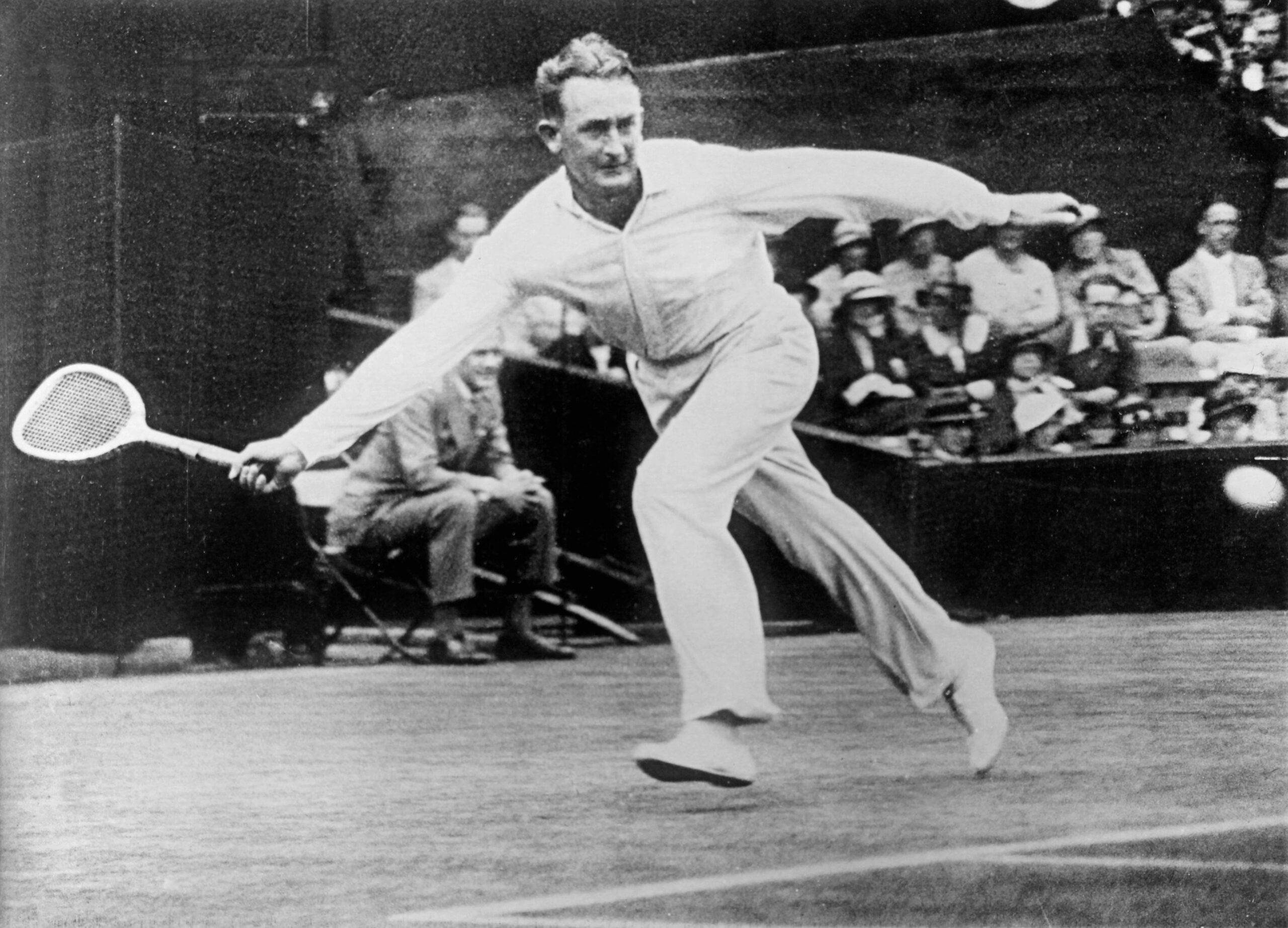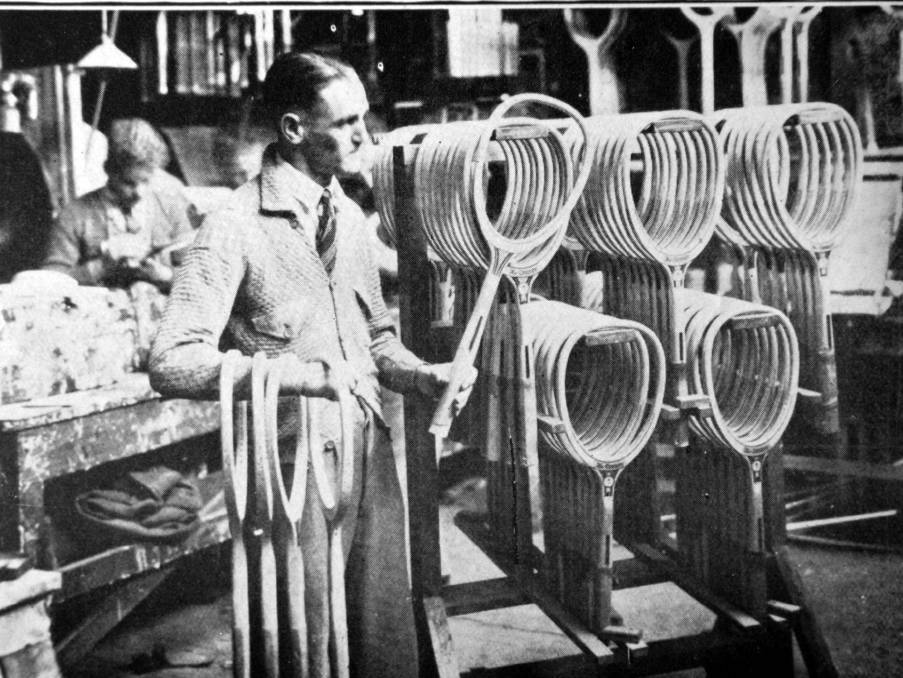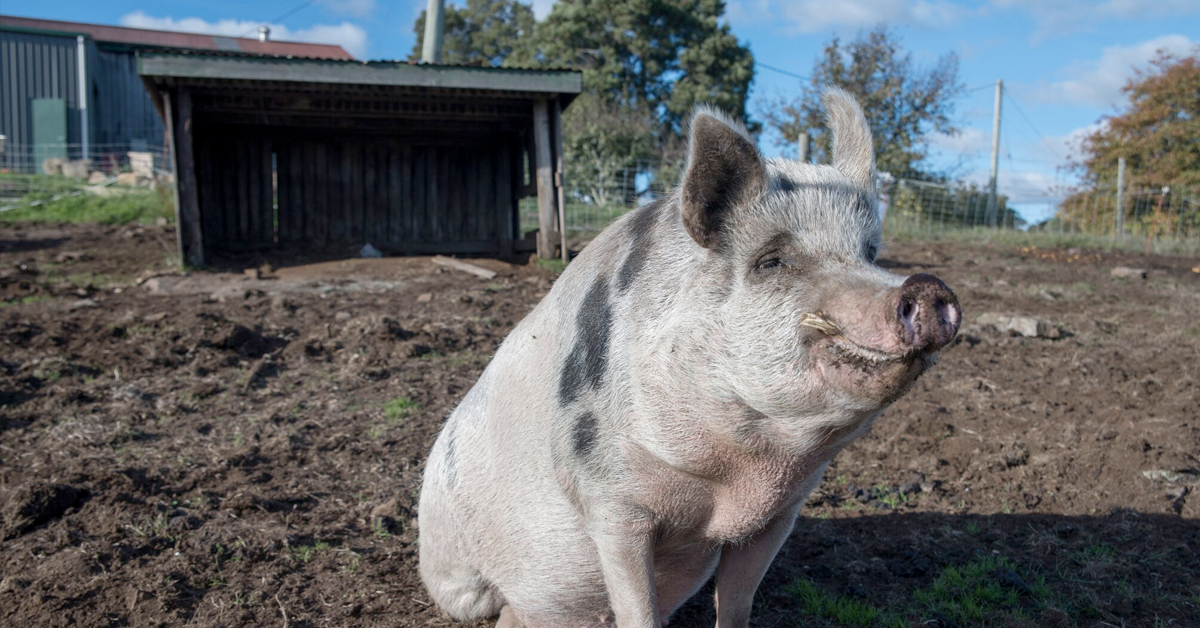Game, Set, Match: Jack Crawford and the Wizard Tennis Racquet

In the realm of local folklore, a remarkable tale exists — a young Australian tennis sensation defying the odds and conquering the world armed with a custom-made local tennis racquet. Surprisingly, the story of this courageous sportsman and his profound connection to Launceston’s renowned Alexander Patent Racket Company remains undiscovered by many. Join us as we delve into the captivating journey of Australian tennis superstar Jack Crawford, fondly known as ‘Gentleman Jack,’ and unravel the extraordinary tale behind the Wizard Tennis Racquet.
Jack Crawford and the Birth of the Wizard Tennis Racquet
During the early 1930s, Launceston’s Alexander Patent Racket Company experienced a surge in popularity. As their innovative patented designs flourished, tennis enthusiasts began to realise the unparalleled performance offered by their racquets.
Renowned tennis historian Christopher Gus Green, in his book “What a Racket – The Illustrated Story of the Alexander Patent Racket Co,” sheds light on the company’s racquets. He highlights their superior strength and performance through a unique construction technique, which involved bending strips of alternating long and cross-grained timbers to form the frame and securing them to a gradually flanged handle core. This ground-breaking design overcame the weaknesses of previous racquets and captured the tennis world’s attention.
On 17 December 1927, at the age of nineteen Jack Crawford began his association with the Alexander Patent Racket Co. He was visiting Launceston with NSW Hardcourt champion Harry Hopman, along with Misses D. Dingle and M. Cox (later to become Crawford’s wife) as part of a match playing tour of the state.
Alexander Patent Racket Co’s Sales Manager Bill Sheehan had invited the group to Launceston to not only promote tennis as a game, but the Alexander range of racquets as well. The fact that the touring players were all using Alexander’s product, along with their tennis opponents was testimony to the product’s acceptance within the tennis community.

Image Credit: Black, Zona (2016). Alexander Patent Racket factory in Launceston sporting Lore (Article). The Examiner.
The inception of Alexander’s iconic Wizard racquet however can be traced back to a backyard match. When Crawford was on tour in 1930, he visited the home of tennis legend Norman Brookes in Frankston, Victoria. Passing the cabinet in Brookes house, Crawford remarked upon an old English-made Semi-flat top racquet and inquired if he could have a hit with it. This he did and was thoroughly impressed with the old racquet’s performance. Sheehan, having a keen eye for a business opportunity stated to Crawford that he would have the Alexander factory manufacture him a laminated (the frame of the racquet is formed entirely of thin strips of long gained and cross-grained timber along with the other flexible materials and then cold bent) flat top racquet which would have superior strength and allow for the strings to be tightened to a higher tension. So, Sheehan returned to the Alexander factory and fashioned a new style of the semi-flat-top racquet, given the name of Cressy ‘Wizard’.
Months later, during a tennis weekend, Sheehan presented the racquet to Jack Crawford, who was thoroughly impressed with its performance. He immediately ordered twelve of these ground-breaking racquets. To pay homage to Norman Brookes, who had earned the nickname ‘Wizard’ during his victorious days at Wimbledon, the new racquet was branded the Cressy Wizard.
After facing disappointment in previous years, Jack Crawford’s determination culminated in his first Australian title win in Sydney in March 1931, at the age of 23. The years 1932, 1933, and 1935 witnessed additional Australian championship victories for Crawford, securing four out of the last five championships for the Alexander Cressy Wizard Racquet.
The impact of this ground-breaking flat-top design was felt across the tennis industry in Australia. As Crawford’s international reputation soared, so did the demand for the Alexander Flat Top. With his Alexander Cressy Wizard Flat Top racquet, Crawford emerged victorious in the Australian Championships, defeating Harry Hopman in both 1931 and 1932.
1933: Crawford’s Grand Slam Wins
However, it was in 1933 that Crawford truly cemented his name on the international stage. The Wizard Cressy tennis racquet perfectly complemented his playing style, leading him to a momentous victory at the French Championships—the first foreigner to conquer Roland-Garros. His triumph continued at Wimbledon in July 1933, where he prevailed against American Ellsworth Vines, etching his name in newspapers worldwide as the third-ever Australian to win the prestigious tournament.
The Alexander factory in Launceston rejoiced as their racquet’s reputation reached new heights. Share prices soared, and the racquet gained recognition as the world’s record breaker.
As the U.S. National Championships unfolded, Crawford’s exceptional performance earned him a spot on the cover of Time Magazine on September 4, 1933. However, his dream of securing victory in New York was thwarted by Fred Perry. There were rumours that Crawford was an asthmatic and took brandy mixed with sugar to help with his breathing during matches. On a muggy afternoon in Forest Hills, he allegedly downed two or three doses of this concoction, although there are conflicting reports on what he drank. Unfortunately, Perry capitalized on this and won the next two sets, 6-0, 6-1, robbing Crawford of his dream.
Crawford made another remarkable major run in 1934, advancing to the finals of the Australian, French, and Wimbledon Championships, but didn’t receive such gentlemanly treatment from Perry in Australia (a 6-3, 7-5, 6-1 loss) or at Wimbledon (a 6-3, 6-0, 7-5 loss) nor German Gottfried von Cramm in Paris, though Crawford had his chances. He didn’t play in the U.S. Nationals, choosing to skip the event.
Crawford exacted some measure of revenge against Perry at the 1935 Australian Championships, winning in four sets, but it could hardly replace the anguish in New York two years earlier.
Crawford’s international career continued, winning the Australian Championships in 1935. According to the International Tennis Hall of Fame: “Only 13 players in tennis history have completed a three-quarter slam in singles competition and Crawford was the first, in 1933. Only 15 players in tennis history have completed a three-quarter slam in doubles competition and Crawford was the 3rd to achieve that milestone in 1935.”
Crawford was inducted into the International Tennis Hall of Fame in 1979 and into the Australian Tennis Hall of Fame in 1997. In 1976, Crawford was made an Officer of the British Empire (OBE) for his services to sport. In addition to singles success, Crawford captured six major doubles titles and five mixed doubles titles. He won three straight Australian mixed finals with his wife, Marjorie Cox Crawford, between 1931 and 1933. Crawford was a proud Davis Cup representative for a decade (1928-37), finishing with a 36-21 win-loss record. His success and classic style inspired a grass-roots tennis boom in Australia. More information about Crawford’s career can be found here.
Ninety years have passed since Jack Crawford’s momentous victories, and it is time to give his extraordinary story the centre-court attention it deserves. In doing so, we also pay homage to the Launceston factory that played a pivotal role in his success. Join us as we celebrate this remarkable connection with a new tennis-inspired tasting, honouring the legacy of a true tennis legend.
To book our Top of Our Game Tasting Experience commencing 3 July 2023 at Holm Oak click here


